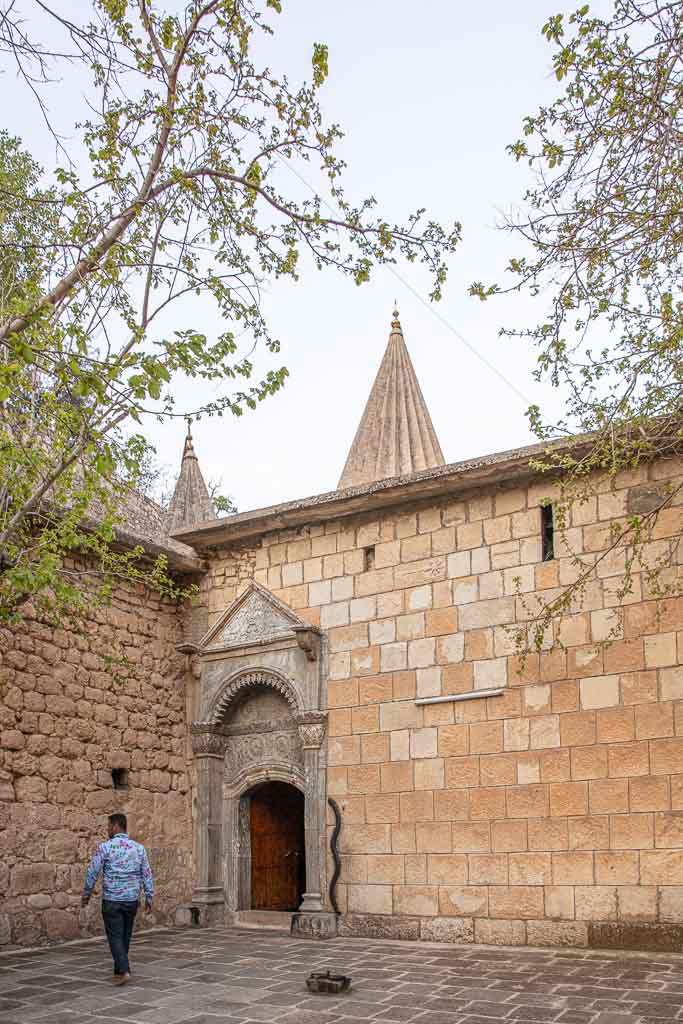The Yazidi community has a rich and vibrant culture, encompassing a wide range of art, music, and traditions that have been passed down through generations. Despite centuries of persecution and marginalization, Yazidis have maintained a strong sense of identity and pride in their cultural heritage.
One of the most distinctive aspects of Yazidi culture is their music, which is characterized by its unique rhythms, haunting melodies, and spiritual themes. Yazidi music is often accompanied by the daf, a type of drum, and other traditional instruments such as the zurna, a wind instrument.

Yazidi music is an integral part of their religious rituals and ceremonies, and is also a form of expression for their cultural identity and history. Many Yazidi songs tell stories of their people's struggles and triumphs, and reflect their spiritual beliefs and values.
Yazidi art is also an important part of their cultural heritage, encompassing a wide range of forms including calligraphy, painting, and sculpture. Many Yazidi artworks feature geometric patterns and motifs, reflecting their interest in mathematics and geometry.
Another important aspect of Yazidi culture is their traditional clothing, which is characterized by its bright colors, intricate embroidery, and decorative beadwork. Yazidi women's clothing is particularly distinctive, featuring long dresses with bell-shaped sleeves and colorful headscarves.

Yazidi traditions also include a wide range of social customs and practices, such as hospitality, respect for elders, and a strong sense of community. Family and kinship are highly valued in Yazidi culture, and many social activities revolve around food, music, and storytelling.
Despite the challenges they have faced, Yazidis continue to celebrate and preserve their cultural heritage, passing on their traditions and customs to younger generations. Efforts to support and promote Yazidi culture must be a priority, including through initiatives to preserve their music, art, and traditions.
By celebrating and supporting Yazidi culture, we can honor their resilience and strength in the face of adversity, and promote greater understanding and appreciation of their unique cultural identity.